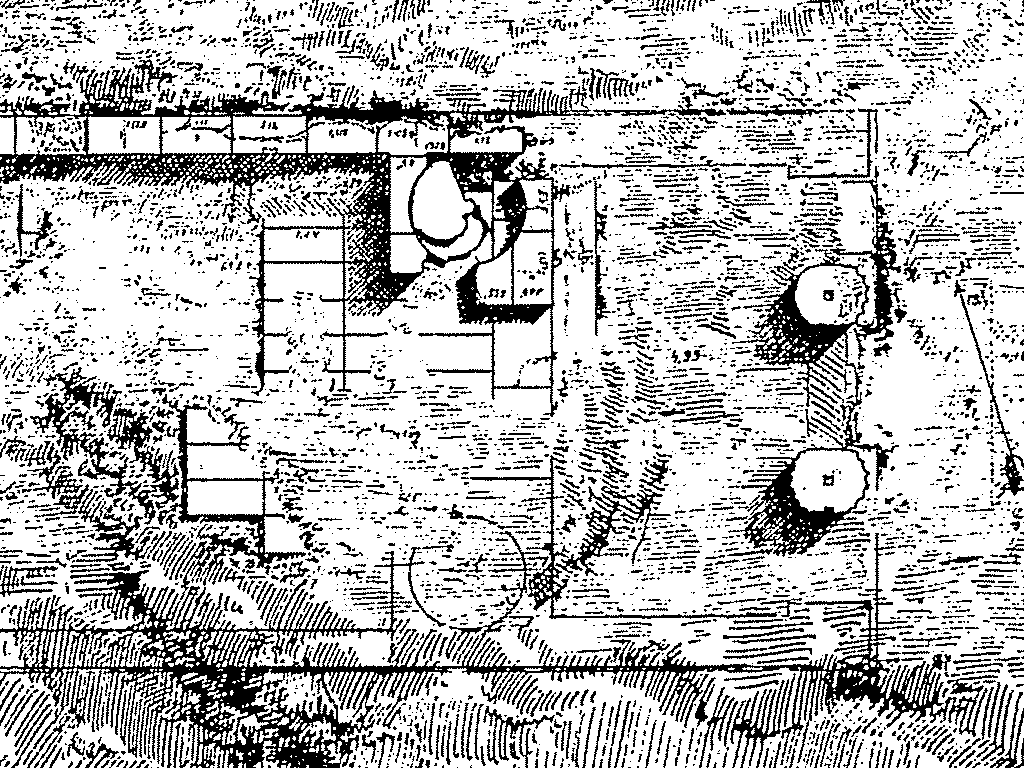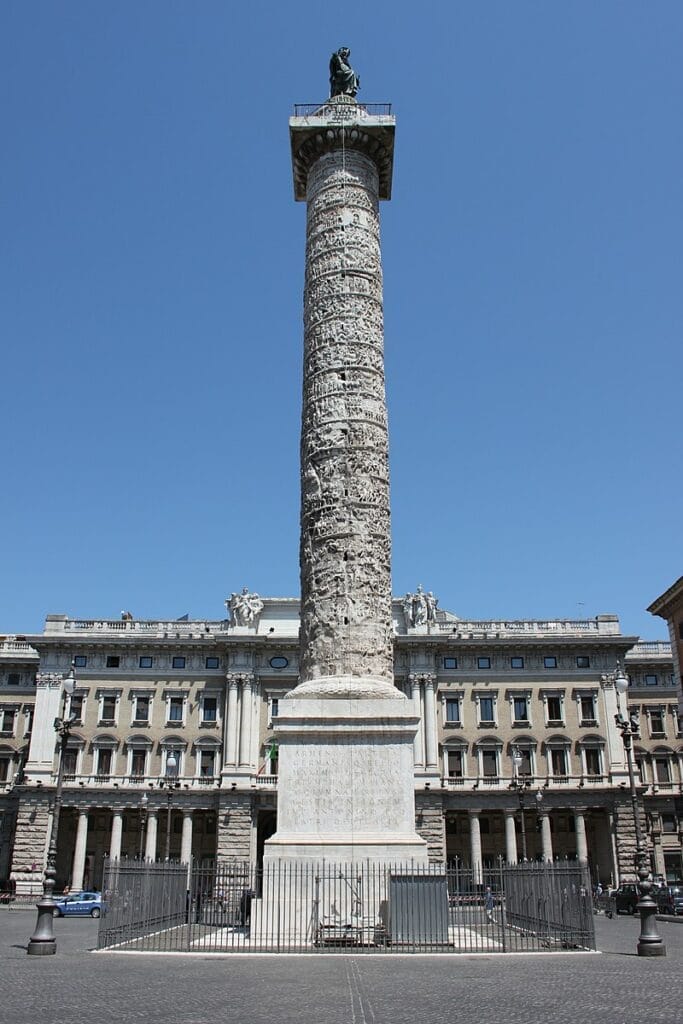Ever walked up a spiral staircase and felt like you were taking part in a historical reenactment, minus the heavy armor and the need to defend your castle? There’s something undeniably magical about these structures that elevates the simple act of getting where you are going into something far more enchanting. Beyond their ability to induce a mild, enjoyable dizziness (if you go too fast), spiral staircases are steeped in history, weaving together art, architecture, and engineering from ancient times.
The Birth of Spiral Staircases
Rewind to back in the day, indeed to the very dawn of civilization, where the earliest architects first faced the challenge of connecting levels within a building or structure without consuming too much valuable space. The solution? The ingeniously designed spiral staircase. Not only did it tackle the issue of spatial economy, but it also offered strategic defensive advantages in castles and carried profound symbolic meanings, embodying the connection between the earthly and divine realms. I’m sure that all the while they were also still great fun even then!
Spiralling Through Time: Ancient Civilizations and Their Staircases
Ancient Egypt and the Step Pyramids
Our historical journey begins in Egypt, home to the pyramids, where the concept of ascending towards the gods was first architecturally realized. Although not spiral staircases in the traditional sense, the step pyramids represent an early iteration of this desire to reach upwards, setting the stage for future designs and towards spiral staircases.
Ziggurats in the Middle East
Venturing to the ancient Middle East, the ziggurats’ massive terraced structures featured external steps that could be seen as precursors to the spiral staircases, symbolizing a bridge between the earth and the heavens. In some cases, the stairs wound around the outside of structures with a platform level to access the other sides of the structure.
Don’t Forget the Ancient Greeks
It seems that for every subject on architecture or innovation, the ancient Greeks can’t be left out; Their architectural sophistication and innovation extended to the first known spiral staircases. A striking example can be found in the Plan of the ground floor of the Greek Temple A at Selinunte, Sicily. This temple, dating back to the 6th century BC, houses the remains of two spiral staircases nestled between the pronaos (the front porch) and the cella (the inner chamber), marking them as the oldest known spiral staircases to date. Their existence underscores the Greeks’ architectural ingenuity and their capacity to integrate complex structural elements into their sacred spaces.

Roman Architectural Feats
Then, in Rome, spiral staircases were refined and elegantly integrated into buildings, showcasing the blend of functionality and aesthetics that the Romans were renowned for. Trajan’s Column, an enduring symbol of Roman architectural brilliance, stands tall in Rome, Italy, commemorating Emperor Trajan’s victory in the Dacian Wars. This remarkable monument, completed in 113 AD, features a unique internal spiral staircase that ascends to a viewing platform at its top. The staircase, ingeniously carved within the column’s solid marble, consists of 185 steps with 14 steps per complete rotation. Tightly winding upwards in a narrow, helical path.

Symbolism and Spiritual Ascents
Beyond their architectural utility, spiral staircases have been imbued with significant symbolic value across various cultures and religions. They’ve represented themes of progress, life and death cycles, and paths to enlightenment or higher understanding. This deep symbolic resonance adds a layer of allure to the spiral staircase, making it a feature that’s not only physically appealing but also rich with meaning.
From Ancient to Modern: The Legacy Continues
Fast forward to the present, and the spiral staircase continues to captivate our imagination. Its timeless appeal ensures that it remains a favoured element in modern architecture, celebrated not only for its functionality and space-saving design but also for its aesthetic beauty. Today’s spiral staircases serve as a testament to human creativity and our ongoing relationship with architectural forms that blend art and utility.
Conclusion: Embracing Architectural History
Through the ages, from the ancient world to our contemporary era, spiral staircases have been more than mere architectural features. They are a tangible link to our past, embodying the ingenuity, aspirations, and artistic sensibilities of countless generations. The enduring legacy of spiral staircases reminds us of the depth and richness of human history and the architectural wonders that continue to inspire and awe. As we traverse these spiraling paths, we walk in the footsteps of those who came before us, connecting with the architectural heritage that shapes our world.
